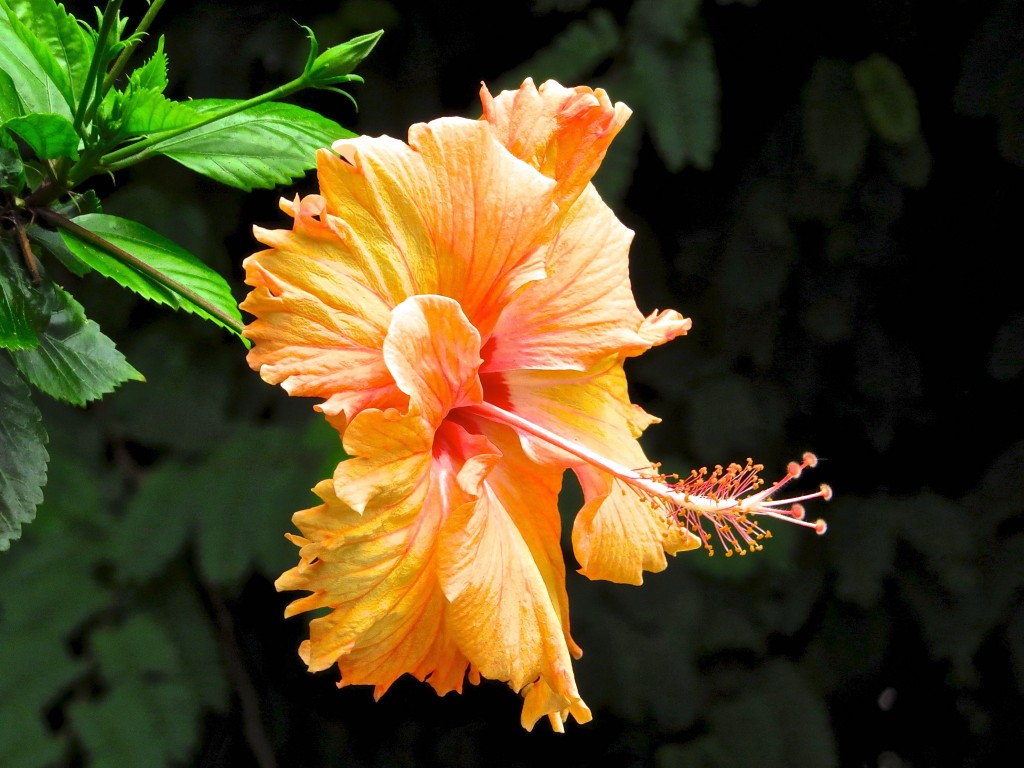The understanding we gain by mystical intuition transcends the dualistic mindset and goes straight to the heart of the mystery that characterizes human existence. And those who have true spiritual insights say that they require no proof, no verification. This has been true across millennia: they simply know. For the rest of us, though, there is ample reason to question. If knowledge based on others’ testimony alone cannot be proved or disproved, how can we distinguish it from dogma or the sort of unsubstantiated claims that proliferate in the New Age marketplace?
For those who as yet have no personal experience with the revelations of spiritual insight, perhaps the most convincing confirmation is the extraordinary consistency with which they have appeared in every culture and epoch. As Huston Smith maintains, these spiritual truths “are not the exclusive possession of any school or individual; were it otherwise they would not be truths, for these cannot be invented, but must necessarily be known in every integral traditional civilization.” Joseph Campbell recognizes the same universality, drawing the distinction between the historical nature of culture-specific religious belief and the nonhistorical nature of the mystical experience, which is “to such a degree constant for mankind that we may jump from Hudson Bay to Australia, Tierra del Fuego to Lake Baikal, and find ourselves well at home.” William James is no less convinced. He notes that throughout all mysticism “we find the same recurring note, so that there is about mystical utterances an eternal unanimity which ought to make a critic stop and think, and which brings it about that the mystical classics have, as has been said, neither birthday nor native land. Perpetually telling of the unity of man with God, their speech antedates languages, and they do not grow old.” These three authorities, arguably among the world’s most renowned in the area of comparative religion and human spirituality, individually reached the identical conclusion: there is a form of knowing that transcends the bounds of time and cultures and the dictates of sectarian dogma.
In a modern world that is mesmerized by the wonders of modern science and so often looks to its proclamations for guidance, the unchallenged longevity of esoteric wisdom stands in stark contrast to the relatively brief shelf life of scientific “truth.” Repeatedly over the last five centuries, the models of reality proffered by science’s leading experts as absolute, and widely accepted by the rest of us as such, have been discarded in favor of new constructs. One needs only a superficial grasp of the revolutions precipitated by Copernicus, Descartes, Newton, Darwin, Freud, and Einstein to realize that in the frame of human history the laws of science have held for no more than a few generations before being turned upside down. All the while, one and only one truth has reigned supreme in the esoteric realm.

